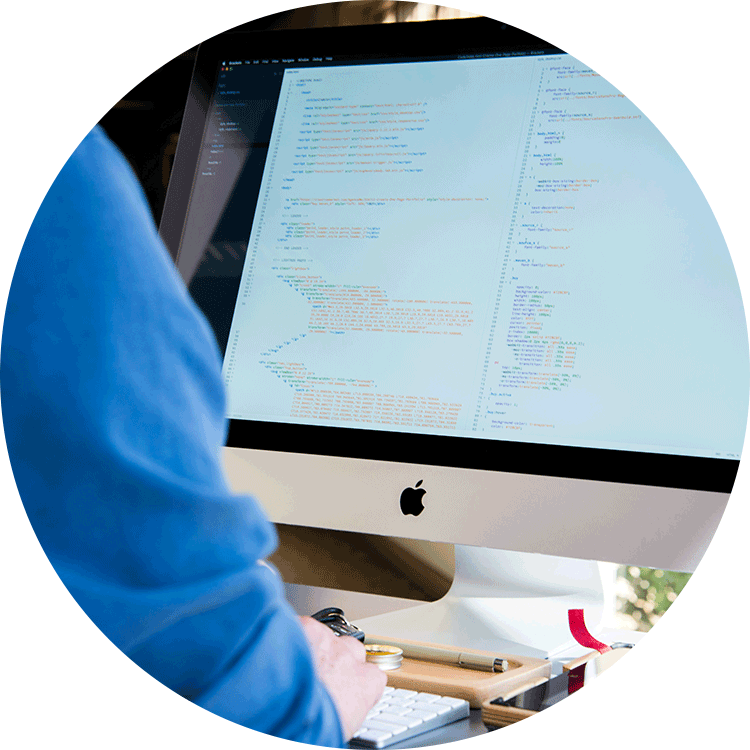Key Takeaways
- AI becomes standard infrastructure in healthcare, transforming clinical documentation, coding and care coordination beyond experimental pilots.
- Automation of repetitive tasks, such as claims processing and prior authorization, redirects staff time toward better patient outcomes.
- Hybrid care models integrate virtual visits, in-person appointments and remote monitoring as standard practice for continuous patient care.
- Workforce retention strategies focus on flexible scheduling, mental health support and closing the digital skills gap amid persistent burnout.
- Healthcare spending scrutiny drives adoption of value-based payment models, cost analytics tools and supply chain reevaluation.
- Interoperability and cybersecurity form the foundation as healthcare systems adopt FHIR-first APIs and zero-trust architectures.
- Preventive care moves to the forefront, using data and predictive models to identify at-risk populations and intervene early.

AI Becomes Standard Operating Infrastructure
In 2026, healthcare systems are moving beyond pilots and proofs of concept to use AI tools in daily workflows. From clinical documentation and electronic medical records to coding and triage, generative AI applications are transforming care coordination and administrative efficiency.
After years of testing, health tech organizations now see AI as a permanent layer of infrastructure. The focus has shifted from experimentation to implementation — and from risk avoidance to measurable impact.
With proper governance and training, AI supports clinicians, reduces documentation burdens and improves accuracy across the healthcare industry.
Hybrid Care Models and Remote Monitoring Become the Norm
Virtual health and remote patient monitoring (RPM) have evolved from emergency solutions into essential components of continuous care. In 2026, hybrid care models — integrating virtual visits, electronic health records, in-person appointments and at-home monitoring — will be standard practice.
Patients expect connected experiences that prioritize convenience. Digital health platforms now link real-time vitals, wearable data and AI-assisted triage into a unified system. This enhances patient outcomes while reducing unnecessary hospital visits.
Workforce Retention and Redesign Remain Critical
Despite technological advances, healthcare’s workforce challenges persist. Clinician burnout, turnover and staffing shortages remain top concerns for health systems.
Forward-thinking organizations are reimagining workforce strategy. They focus on retention, flexible scheduling, mental health support and closing the digital skills gap.
Partnerships with universities, like the University of Central Florida, and community programs are helping develop and educate new healthcare talent. The next generation of healthcare teams will be more diversified, digitally fluent and resilient.
Healthcare Spending Under New Scrutiny
In 2026, the conversation around healthcare spending will intensify. Inflation, labor costs and new technologies are straining budgets. This pushes health systems to take a closer look at cost management.
Value-based payment models and payer expectations are forcing greater transparency in healthcare costs and performance. Health systems are adopting cost analytics tools, reevaluating supply chains and involving clinicians in cost reduction efforts.
Organizations that control costs without compromising patient care will gain a competitive edge in the new healthcare economy. Through UCF’s Health Administration program, you’ll be equipped to manage staff, resources and costs.
Interoperability and Cybersecurity Form the Foundation
As healthcare becomes more digital, the need for cybersecurity measures has never been greater. Interoperability and AI regulations now form the backbone of digital health infrastructure.
With more health apps, wearable health devices and third-party AI tools in use, protecting patient data is a top priority. Healthcare systems are adopting FHIR-first APIs, implementing zero-trust architectures and conducting regular cyber readiness drills.
The goal is to create an ecosystem where information flows freely yet securely — enhancing patient care delivery and trust.
Preventive Care and Population Health Move to the Forefront
Preventive care is becoming a priority for modern healthcare systems. Rather than reacting to illness, organizations are using data and predictive models to identify populations at risk and intervene early.
By combining community outreach, screening programs and digital monitoring, health systems are improving population health outcomes while reducing emergency visits and hospital readmissions. Preventive care is not just good medicine — it’s a financial and ethical imperative for sustainable healthcare delivery.

The Bottom Line
Success in 2026 won’t depend on adopting every new health information technology, but on making sustainable choices. Healthcare systems that balance innovation with human-centered design — focusing on prevention, data security and operational resilience — will define the next era of care delivery.
Explore how you can help shape the future of healthcare through programs such as UCF’s Healthcare Informatics M.S. or Health Services Administration B.S. We take pride in preparing our students to lead the way in healthcare technology, patient care and innovation.
